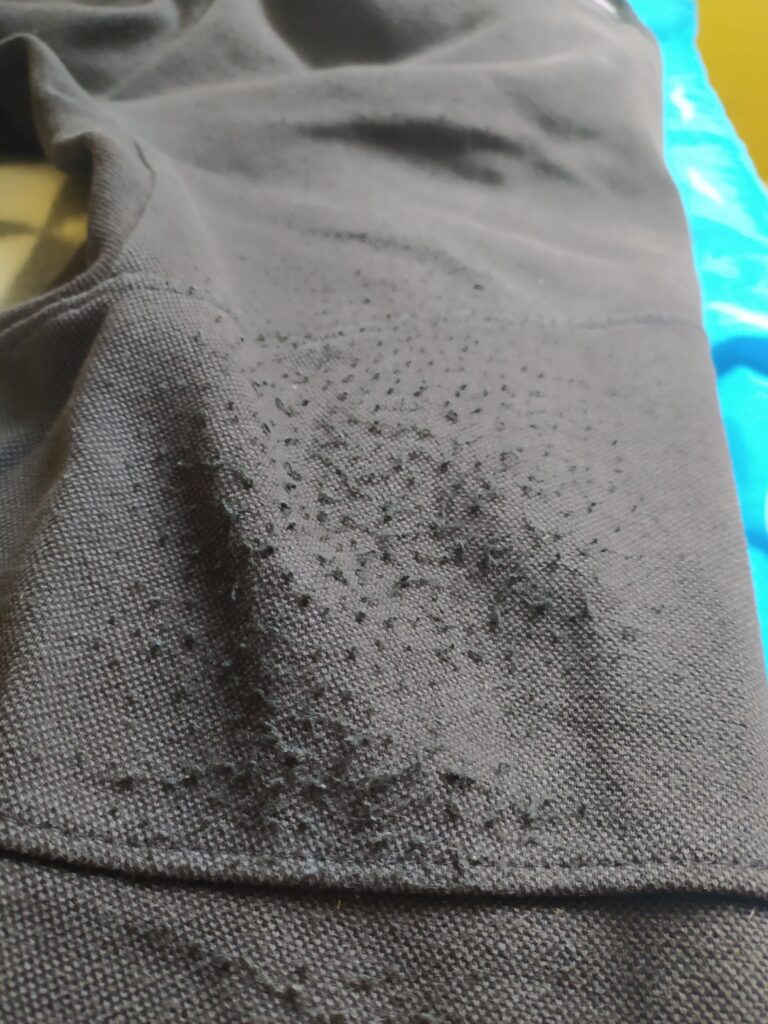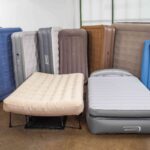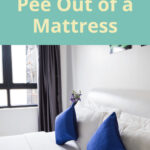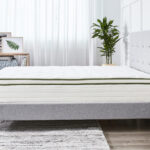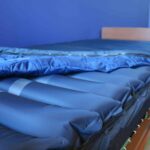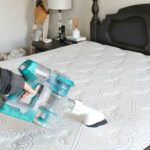Are you trying to figure out how to get lint balls off your mattress quickly and easily? Lint balls, or pilling, are a common problem that can occur on fabric surfaces, such as mattresses. They are formed when fibers become tangled together, forming small balls which can be quite difficult to remove. Fortunately, there are a few easy steps you can take to get rid of these pesky lint balls from your mattress and keep it looking great. In this article, we’ll discuss how to get rid of lint balls on your mattress quickly and easily.
Causes of Lint Balls on a Mattress
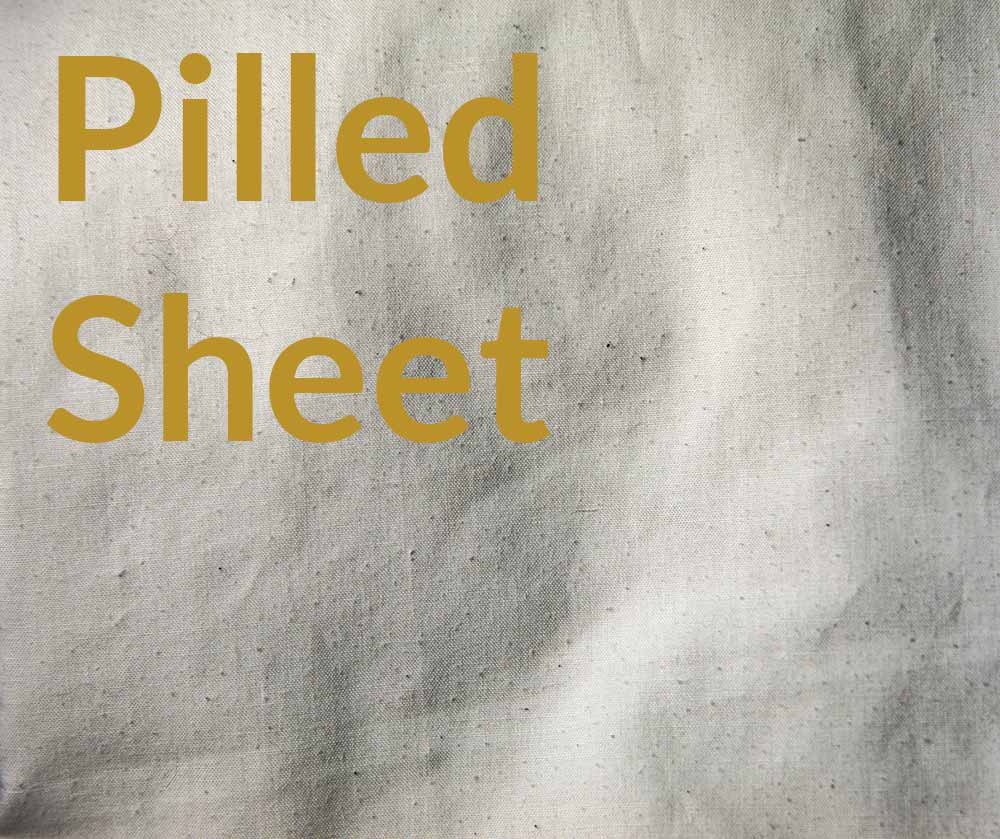
Lint balls on a mattress are caused by friction between the mattress fabric and the bedding. As you move around in bed, the fabric of the mattress and the bedding rub together, creating static electricity which attracts lint from the air. Over time, the lint accumulates and forms lint balls on the mattress surface.
Factors that contribute to lint ball formation include the type of mattress fabric, the type of bedding used, and the number of times the bed is used. Synthetic fabrics are more prone to lint ball formation, as are rough-textured bedding materials. The more frequently the bed is used, the more lint balls will form.
Vacuuming your mattress can also contribute to lint ball formation, as the suction of the vacuum cleaner can draw up lint from the air and deposit it on the mattress.
Washing your sheets and mattress cover regularly can reduce the amount of lint balls on the mattress, as can using a lint roller. To prevent lint balls from forming, use bedding made from natural fibers such as cotton or linen, and avoid synthetic fabrics. Additionally, avoid rough-textured materials, and wash your sheets and mattress cover regularly.
To remove lint balls quickly and easily from your mattress, use a lint roller or a vacuum cleaner with a brush attachment. For stubborn lint balls, use a damp cloth to gently massage the lint off the mattress.
Tools and Supplies Needed
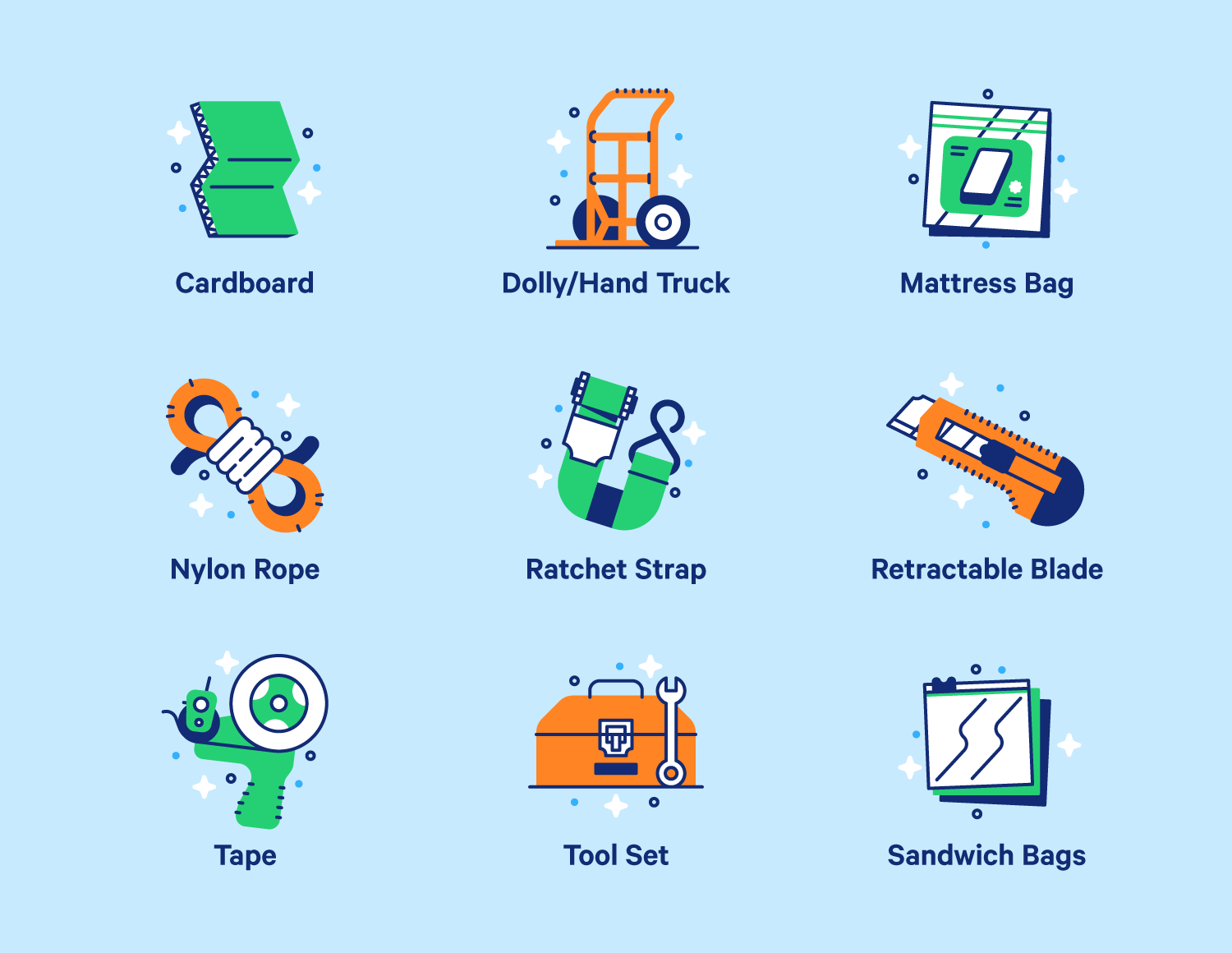
- Vacuum cleaner – A vacuum cleaner is the most effective tool for removing lint balls from your mattress. It has powerful suction that can easily remove stubborn lint balls without damaging the fabric.
- Lint roller – A lint roller is a great tool for removing lint balls from your mattress. It has a sticky adhesive that can easily pick up lint balls without damaging the mattress.
- Stiff brush – A stiff brush can be used to scrub away lint balls from your mattress. Make sure to use a brush that has soft bristles so it won’t damage the fabric.
- Rubbing alcohol – Rubbing alcohol can help remove lint balls from your mattress. It is a strong solvent that can loosen lint balls and make them easier to remove.
- Dryer sheet – Dryer sheets can help reduce the static in your mattress and make it easier to remove lint balls. Make sure to use a dryer sheet that is made specifically for fabric.
Step-by-Step Instructions
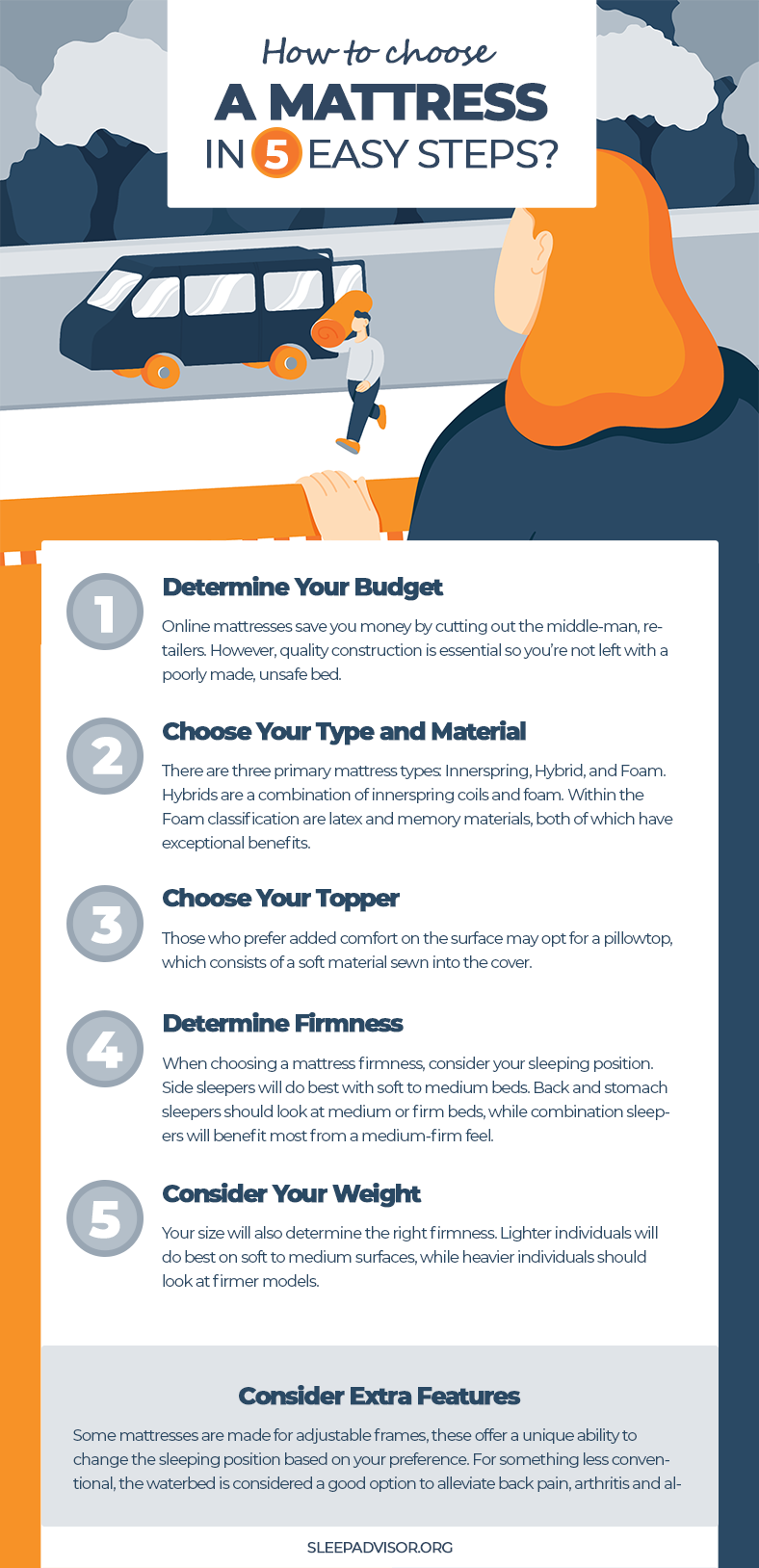
Vacuuming
Vacuuming is the most effective way to remove lint balls from your mattress. Use a vacuum cleaner with a brush attachment to reach deep into the mattress and remove the lint balls. Make sure to vacuum the entire mattress, both sides, and the edges for the best results. Repeat this process until all the lint balls have been removed.
Brushing
If the lint balls are too stubborn to be removed with a vacuum, you can use a soft-bristled brush to get rid of them. Start by brushing the lint balls in a circular motion, making sure to cover the entire mattress. Be gentle as you don’t want to damage the fabric of the mattress.
Spot Cleaning
If the lint balls are in a small area, you can spot clean them with a damp cloth. Dip the cloth in warm water and gently rub the lint balls until they are removed. Make sure to dry the area afterwards to avoid moisture buildup.
Tips for Prevention
- Vacuum regularly – Vacuuming your mattress regularly can help keep lint balls from forming in the first place. It’s best to try to vacuum at least once a week or every other week.
- Keep pets off the bed – If you have pets, try to limit the amount of time they spend on your bed. This can help prevent pet hair from accumulating and leading to lint balls.
- Wash your sheets and blankets – Wash your sheets, blankets and other bedding materials at least once a week to keep them free of dirt, dust and other particles that can lead to lint balls.
- Rotate your mattress – Rotating your mattress every few months can help redistribute the fibers and keep them from clumping together and forming lint balls.
Frequently Asked Questions
What type of materials should I use to get rid of lint balls?
To quickly and easily get rid of lint balls on your mattress, you should use a lint roller or a vacuum with an upholstery attachment. Lint rollers are designed specifically for picking up small pieces of lint and are easy to use. Vacuuming with an upholstery attachment can also be effective, as it will not only pick up lint, but also dust and other debris.
Can I use a vacuum cleaner to remove lint balls?
Yes
- , you can use a vacuum cleaner to remove lint balls from your mattress. Vacuum cleaners are the most common and efficient way of removing lint balls from your mattress. Here are a few tips to help you get rid of lint balls quickly and easily:
- Vacuum your mattress regularly. This will help remove lint balls before they accumulate and become harder to remove.
- Start by vacuuming the mattress in one direction, going slowly and making sure to cover all areas.
- Use the crevice tool attachment for hard-to-reach places, such as around the buttons or tufts.
- Make sure the suction is strong enough to pick up the lint balls without damaging the fabric of the mattress.
- Once you’ve vacuumed your mattress, use a lint roller or a damp cloth to pick up any remaining lint balls.
Is it safe to use a lint roller on my mattress?
Yes, it is safe to use a lint roller on your mattress. Lint rollers are designed to pick up lint, pet hair and other particles from fabrics, and can be used safely on mattresses without damaging them in any way. It is important to use a lint roller with a new adhesive when using it on your mattress, as lint rollers that are not replaced frequently can spread debris instead of removing it.
How often should I clean my mattress to prevent lint balls?
- Vacuum regularly: Vacuum your mattress every 6-12 months to prevent the build-up of lint balls.
- Wash bedding: Wash bedding regularly in hot water to help remove lint balls.
- Spot clean: Spot clean the mattress with a damp cloth every few weeks.
- Cover the mattress: Use a mattress protector and sheets to prevent lint from building up.
Cleaning your mattress regularly can help reduce the chances of lint balls forming. Vacuuming your mattress every 6-12 months is recommended to prevent the build-up of lint. Additionally, washing bedding in hot water can help remove lint balls. Spot cleaning the mattress with a damp cloth every few weeks is also recommended. Finally, using a mattress protector and sheets can help prevent lint from building up.
Is there a way to prevent lint balls from forming on my mattress?
- Regularly Vacuum Your Mattress – Vacuuming your mattress regularly is the best way to prevent lint balls from forming. Vacuuming removes dust, dirt, and other debris that can accumulate over time and create lint balls.
- Cover Your Mattress – Invest in a mattress cover to protect your mattress against dust, dirt, and other debris that could accumulate and form lint balls. Make sure to choose a cover that is machine washable so you can easily keep it clean.
- Keep Your Bedroom Clean – Keeping your bedroom clean will help reduce the amount of dust and debris that can accumulate on your mattress and form lint balls. Vacuum or sweep the floors regularly and dust surfaces to keep your bedroom clean.
- Change Your Bed Sheets Regularly – Change your bed sheets and pillowcases regularly, as this will help reduce the amount of dust and debris that can accumulate on your mattress and form lint balls.
Conclusion
By following these steps, you can get rid of lint balls quickly and easily without damaging your mattress. Vacuuming and using a lint brush are the most effective ways to remove lint balls, but using a fabric softener or dryer sheet can also help. If the lint balls are stubborn, using a lint roller or sticky tape can help remove them.
